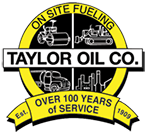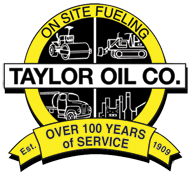Top 3 Tire Pressure Tips for Fleets – One thing is for sure when it comes to maintaining your fleet’s tires: tire inflation is a major concern. Not only does inflation pressure affect the safety of the truck and driver, it also impacts fuel economy and retreadability. It can be difficult to keep on top of the tire pressure, so here are some tips to keep in mind.
First off, keep in mind that pre-trip and post-trip checks will maximize tire life and keep your costs under control. After drivers and fuel, tires have always been a fleet’s highest operating cost. Heed these tips to reduce costs and improve driver retention.
1. Use Calibrated Gauges
Typical shop gauges can be off, as they get dropped frequently and aren’t maintained. As a result, psi readings can be off by 2 to 15 psi. You must test each gauge and recalibrate it every month against a master. You may find you’ve been inflating tires to the wrong level all along.
Set up a psi testing station with master gauge in your shop, and make it somewhere everyone can see it and have access to it. Drivers can simply swap out their gauges for calibrated ones every month.
2. Incentivize Drivers
Today’s modern trucks make it possible to gauge how good – or bad – a driver works the truck, from hard braking to quick starts to fuel economy. This can all be tracked. Many fleets offer their drivers fuel bonuses when they go beyond the fleet average. Some also offer bonuses for tire wear and proper tire inflation. When drivers maintain optimal tire inflation with fingertip diagnostics on each tire before every trip, it stands to reason that those tires will have longer lifespans.
These things can be tracked and trends can be formed when drivers return trucks to the terminal to undergo maintenance.
3. Use Charts
Most major manufacturers offer load-inflation tables based upon Tire and Rim Association guidelines. Post these charts in highly visible areas. With a standard 6×4 load, 34,000 pounds are being carried by eight drive tires, which equates to 4,250 pounds per tire. Using that table, you will find that drive tires can support it at as little as 75 psi — fully loaded. However, many fleets run a standard inflation pressure at 100 psi because it’s just what they’ve always done, or it’s simple for their drivers to remember. They may even claim it gives them more margin for error if a tire starts to leak.
Making sure everyone is on the same page – the correct page – is critical. Over inflation is certainly inefficient and costly, but under inflation can pose catastrophic results if a blowout were to happen.
Follow the above tips for safe fleet operation!
Contact Taylor Oil
For more tire tips or information on our fleet fueling, contact us today!


